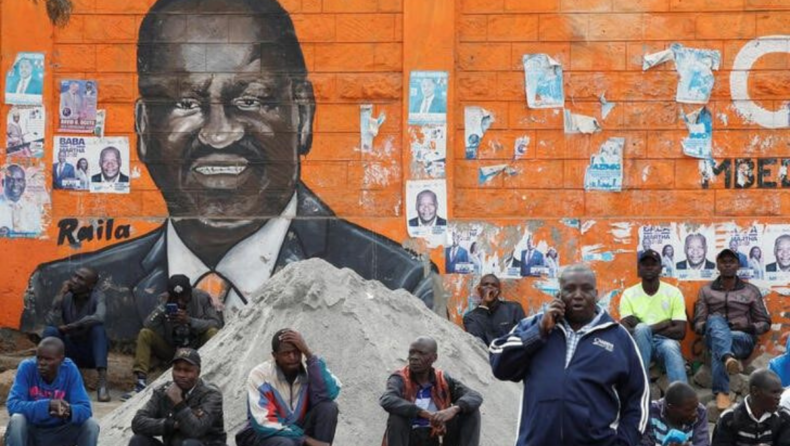Official election results showed veteran opposition leader Raila Odinga leading Kenya’s presidential contest on Saturday, pushing Deputy President William Ruto into second place.
Odinga had 54% and Ruto had 45% with little over 26% of votes counted, according to figures supplied by the Kenyan election commission and projected on a giant screen at a national counting centre in Nairobi at lunchtime.
On Tuesday, East Africa‘s wealthiest country and most lively democracy held presidential, parliamentary, and local elections. Ruto and Odinga are hoping to succeed President Uhuru Kenyatta, who has served two terms. Kenyatta split with Ruto during the previous election and has backed Odinga. Official vote tallying has been slow, adding to public worry.
Wafula Chebukati, head of the Election Commission, accused party agents, who are authorised to scrutinise results forms before they are added to the final total. “Agents in this exercise cannot proceed… as if we are doing a forensic audit,” Chebukati said at a news conference on Friday.
“We are not moving as fast as we should. This exercise needs to be concluded as soon as possible.” Representatives from Odinga and Ruto’s alliances did not reply to requests for comment right away.
Reuters and other news organisations have started tallying results forms from the 291 constituencies provided on the electoral commission’s website. These have yet to be validated, and this count is much ahead of the official one.
As of 2100 GMT, Reuters had counted 241 forms, with Ruto leading with roughly 52.3% of the vote to Odinga’s 47%. Two other contenders received less than 1% each. Thirty additional forms were not counted because they were illegible or lacked information such as signatures, constituency names, or totals.
Reuters’ tallying of forms is preliminary, and the findings are subject to change. Following the posting of the forms to the commission’s website, Kenyan election law requires that they be physically transported to the national counting centre, where party officials can inspect them for any anomalies.
The procedure was meant to prevent the type of rigging charges that sparked bloodshed during prior elections. More than 1,200 people were killed following a contested 2007 election, and more than 100 people were slain following a disputed 2017 election. The winning candidate must collect 50% of national votes plus one, as well as at least 25% of votes cast in 24 of 47 counties.
The official count could not be determined at 2100 in the national tallying centre because the displays were showing different information. The commission has until Tuesday to declare a winner.













